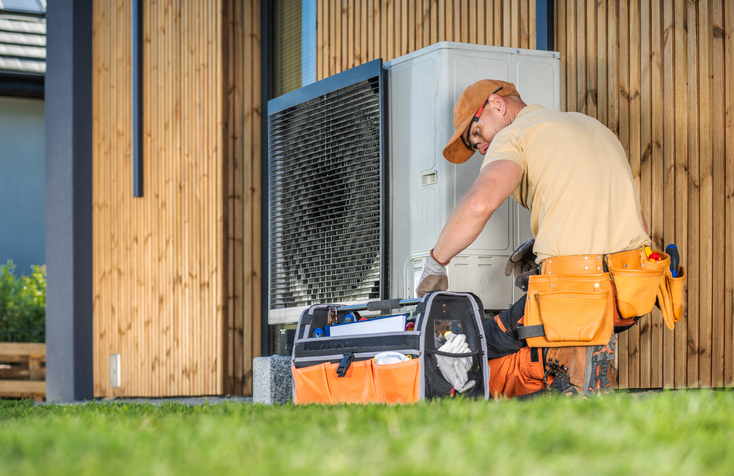Serving The Wasatch Front Area
Back to Blog
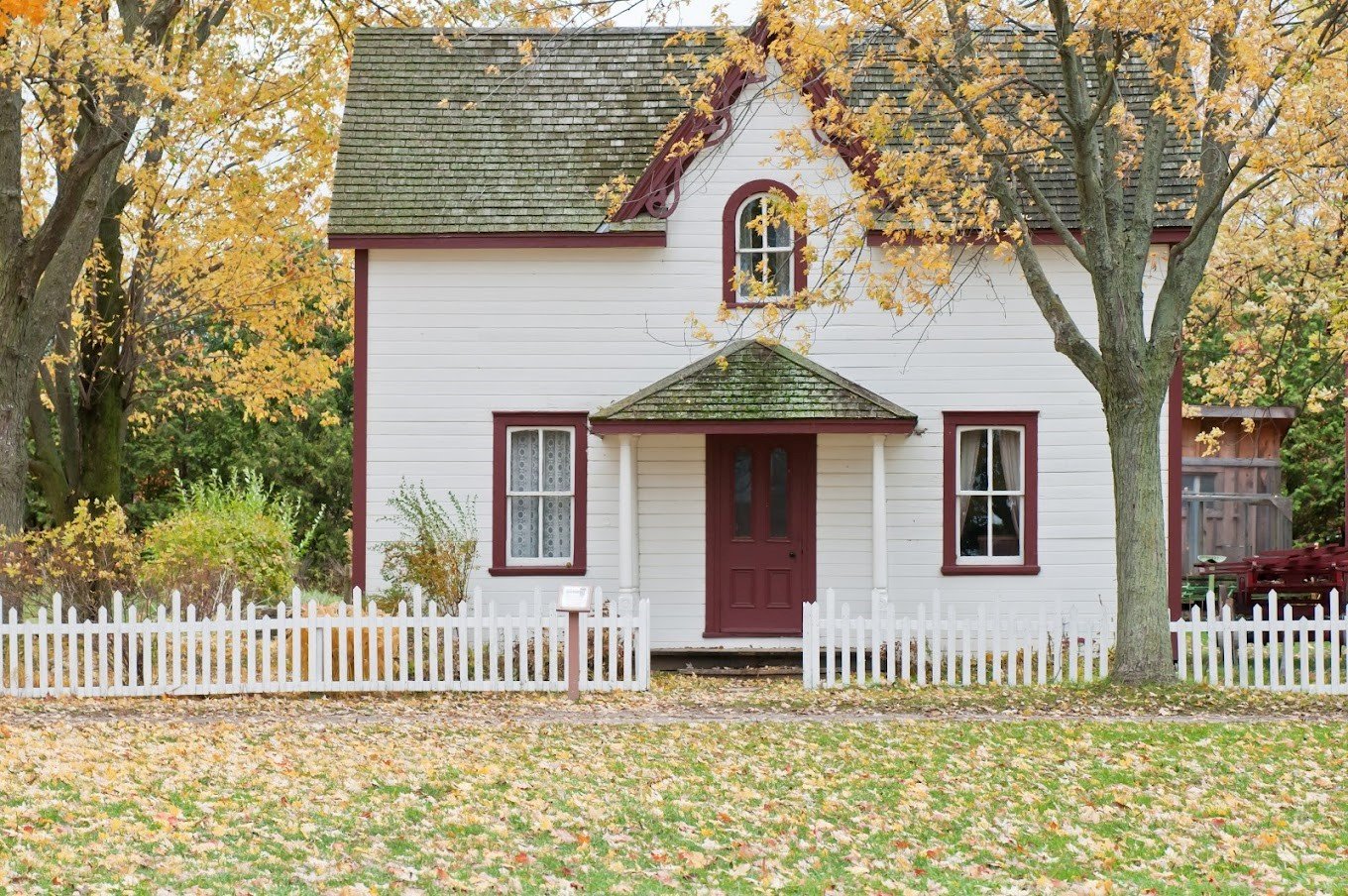
HVAC Fall Maintenance Tips to Facilitate the Transition to Heating
September 29, 2021
Fall serves as a transition between the cooling and heating seasons for your HVAC unit. Prepare your HVAC system for the transition to ensure it doesn’t fail you when you need to heat your house. The following maintenance measures can help you with the transition.
Switch on the Unit
You haven’t used your heating system for a long time. You probably don’t even know whether it still runs (hopefully, it does). Switch on the system for a test run. Don’t wait until the temperature drops too much.
A visual inspection of the system helps, but you should augment it with a test run. The test run will help you know:
- Whether the system has a hard start
- Whether the ignition is okay
- Whether the system is emitting strange odors
- How noisy the system is
All these can help you diagnose issues with your heating system.
Clean the System
Dirt accumulation can affect your HVAC system in multiple ways. Debris problems stem from several issues, including summer bugs, dirt, and windblown debris. The debris can:
- Interfere with lubrication and increase the friction of moving parts
- Clog the air filter
- Clog the coils and hamper heat exchange
- Clog vents, registers, and ducts to restrict airflow
The outside unit is particularly vulnerable to debris accumulation due to its exposure. Clean the system to prevent such problems. Be gentle when cleaning the condenser coil to avoid mechanical damage.
Clear the Area Around the Unit
If you use a heat pump, you should clear the area around the condenser (outside unit). A heat pump’s condenser facilitates heat transfer from the outside air to the refrigerant in the condenser. The heated refrigerant then flows inside to warm your house.
The heat transfer will suffer if the condenser unit doesn’t have good air circulation around it. That might be the case if the garden plants have grown around the unit during the summer.
Replace the Filter
Regular filter replacement ensures a free flow of air while keeping the HVAC system free of dirt. Filter replacement schedule depends on various factors, such as:
- How dusty the environment is
- How often you run the HVAC
- The type of filter you use
Ideally, you should begin the cold season with a fresh filter in place. The replacement is even more necessary if it has been more than a few months since you last replaced it.
Check Relevant Parts
Some specific parts of the HVAC need checking before the cold season commences. For example, you should:
- Confirm that the belts are tight and not worn or damaged
- Check that all the connections are tight enough
- Ensure that parts that require lubrication have adequate lubricants
- Confirm that all the sensors are working
- Confirm the thermostat’s calibration
The specific parts to assess depend on the type of heating system you use.
Confirm Safety Checks
Lastly, you should confirm that the heating system won’t endanger your house during the cold season. A heating system has two main risks – fire outbreaks and carbon monoxide (CO) exposure. These tips will ensure your system’s safety:
- Confirm that the CO and smoke detectors are working and have fresh batteries
- Confirm that the vents and registers are open to prevent system overheating
- Confirm that you have not plugged the system into an extension cord
- Clear the areas around heat sources, such as the furnace
Never compromise on safety – fix all issues as soon as you notice them.
Comfort Solutions has been in the heating and cooling industry for over 20 years. We understand how to make your heating system efficient in terms of energy consumption and heating comfort. Contact us
for quotes on any HVAC service you need.
for quotes on any HVAC service you need.
Recent News
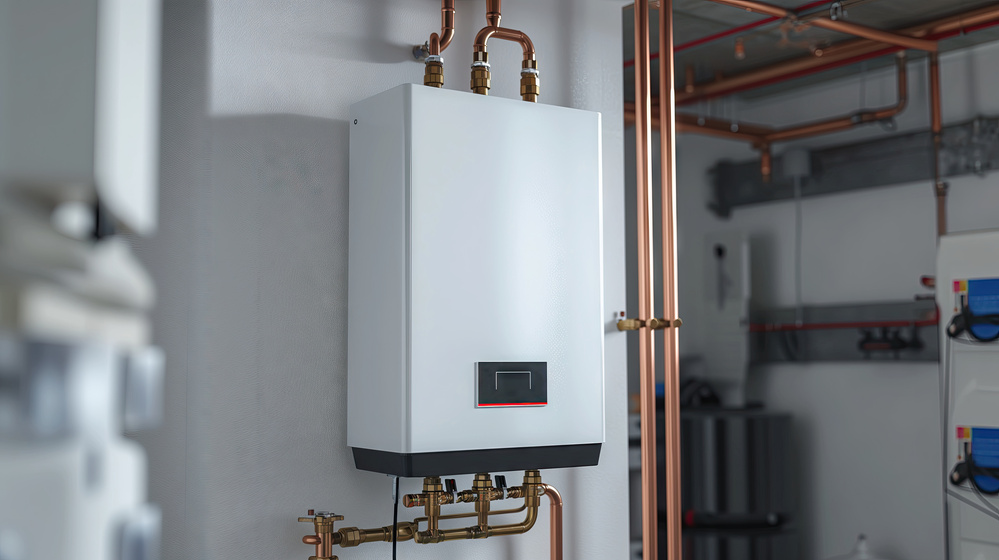
What Is a Tankless Water Heater and Should I Consider Getting One
June 25, 2025
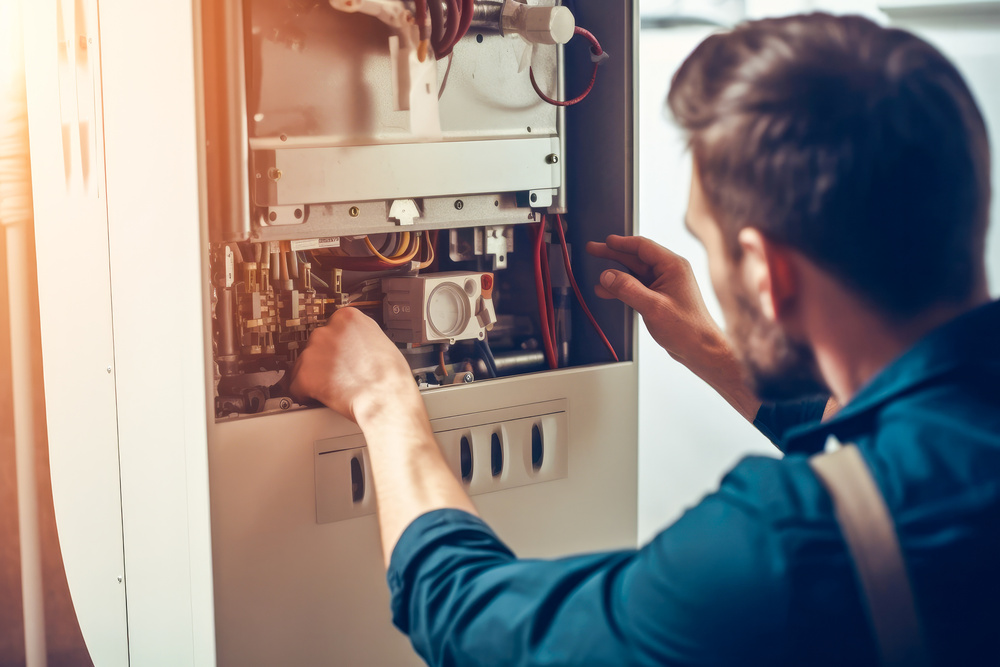
Is Summer a Good Time to Have Furnace Maintenance Done?
June 24, 2025
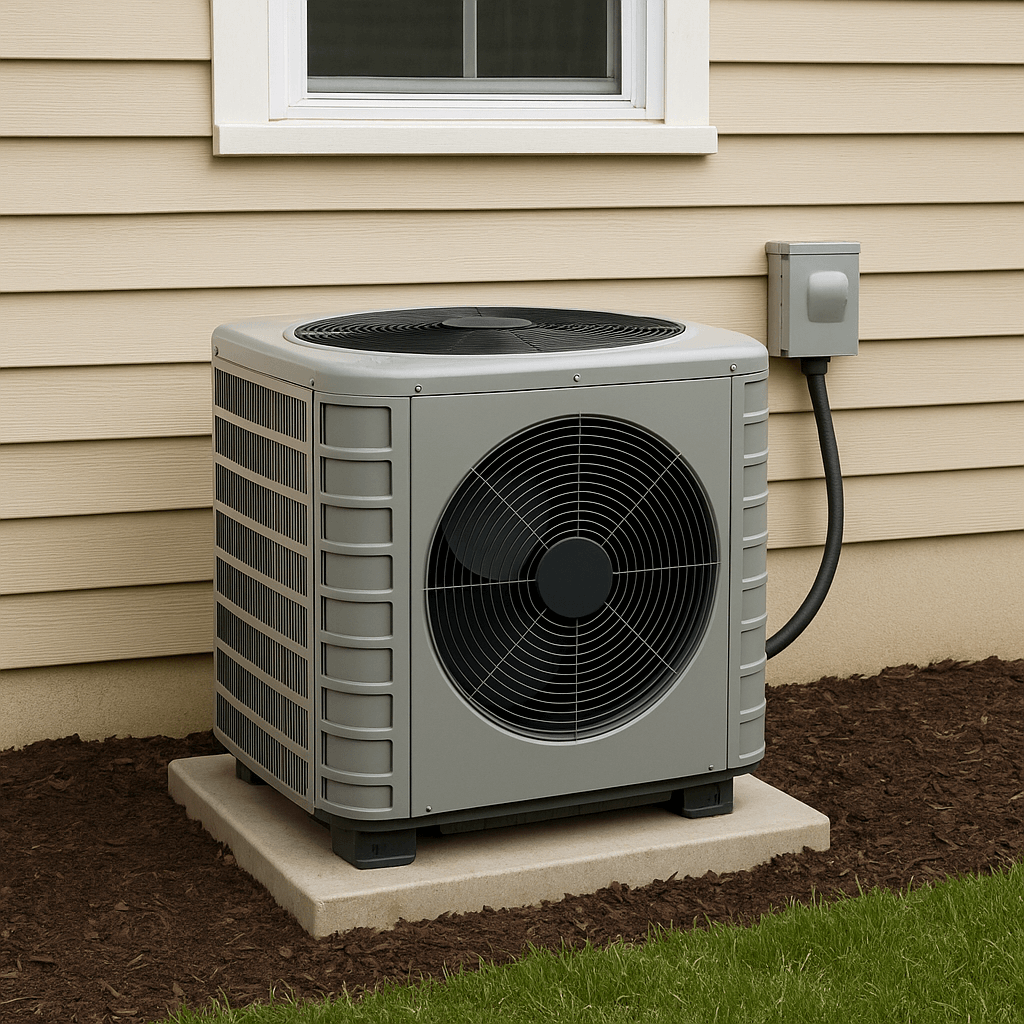
Common Air Conditioner Mistakes That Can Cause You Problems
May 29, 2025

How to Stay Cool During the Summer Heat
April 21, 2025
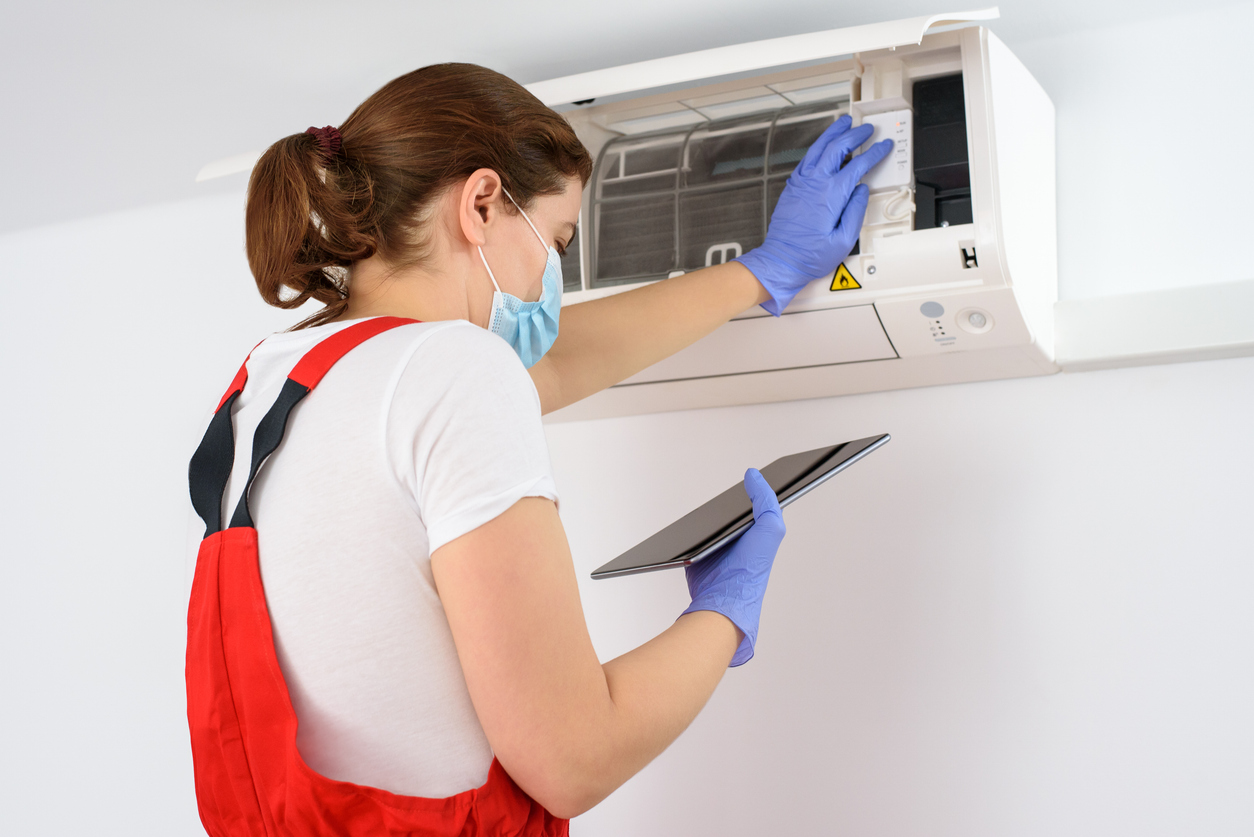
When to Upgrade Your AC Systems: Benefits & More
February 25, 2025
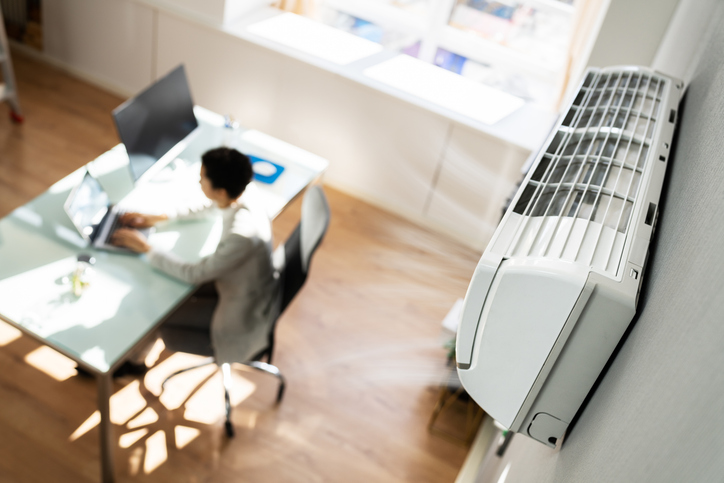
Why Remote Workers Should Upgrade Their HVAC
February 10, 2025
